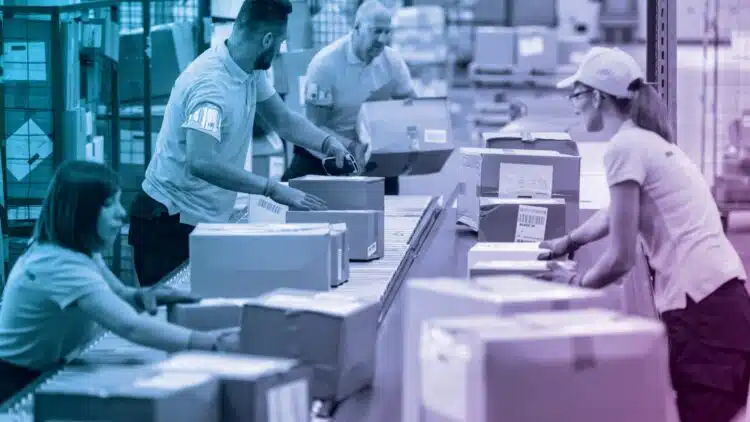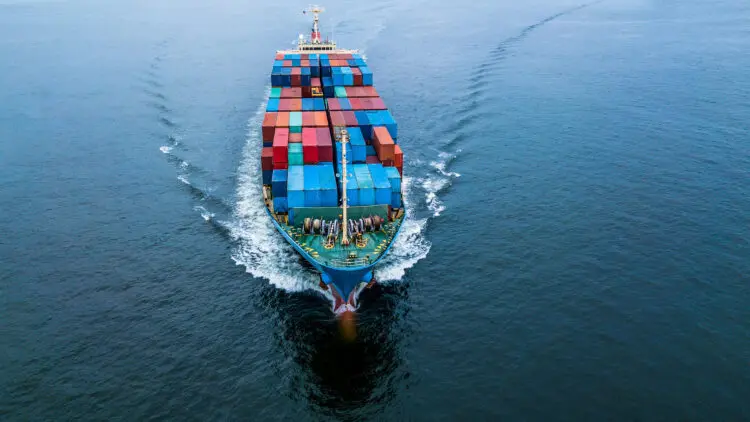Visibility is definitely a buzzword these days. In the supply chain, the term explains the purpose of other buzzwords, like track-and-trace and the control tower. Ultimately, visibility helps you answer the question: where is my freight? To answer this question—and best inform the people questioning—it is helpful to know the three truths of visibility.
1. Not all freight is created equal.
Today you are focused on inbound shipments to fill a customer order downstream; tomorrow, you may be focused on shipping critical items for a new product line. Previously, you concentrated on deliveries to close out inventory for the month; last month, you worried about whether snowstorms led to missed client deliveries and compliance penalties. Knowing where some things are is different from knowing where the right things are. You need visibility to the full quantity of shipments, as well as the qualitative details about them.
“Seeing a bunch of color-coded dots on a map is cool, but impacting the bottom line is valuable.”
To use the data lake analogy, you don’t want to see all the fish; you want the right bait to net what you’re looking for. Seeing the minnows doesn’t matter if you’re fishing for salmon.
For example, you may have 129 shipments in transit. You need to see the 12 returned from your largest customer and the 1 delayed shipment that needs to arrive tomorrow for a big event. All the rest is just noise.
2. Pretty visualizations are one thing; accurate track and trace data is another.
A picture is worth a thousand words. But it doesn’t answer your toughest visibility questions. Visualization tools have come a long way in recent years and have sharpened the look of end-user tools. It looks impressive in a software demo. However, does the underlying data point you to where you are having a problem today, or report the news of where your freight was yesterday? Accuracy means the data is correct, complete, and current.
Like what you’re reading?
As Shannon Vaillancourt says in DC Velocity, “Seeing a bunch of color-coded dots on a map is cool, but impacting the bottom line is valuable.” The dot may show you where your late shipment is. Accurate data will show you a potential issue before it’s even late.
By showing complete data and solving the rejected tenders, you eliminate the late shipments rather than show ongoing “visibility” to the problem.
3. Timing is everything
Retailers demand that suppliers manage tighter delivery windows and enforce steep compliance penalties when retailers fail to meet expectations. Knowing which shipments weren’t picked up on-time allows adjustments to be made and ensures on-time delivery for your retail customers—insights that avoid costly penalties hiding as the cost of doing business.
Timeliness can be critical in your inbound supply chain since visibility that your hot inbound shipment is 30 minutes out can help you mobilize your warehouse staff for faster unloading and processing of a backorder. In the final mile of your supply chain, timely updates manage customer expectations. They generate excitement about your product on the way, as they expect to know when their package is coming, regardless of which carrier comes to the door.
You might also like:
3 Facts Your Track and Trace, Real-Time Visibility Platform Is Not Telling You
Despite being around for decades, technology has proliferated track and trace solutions in recent years. But how can you leverage your visibility to inform your logistics strategy, reduce costs and increase optimization?
Turning Truth into Action
Ultimately, visibility will continue to be just a buzzword if it can’t generate insight and action to improve your business. Knowing these three Visibility Truths can help you inform the right stakeholders at the right time about the right shipments – and ultimately take the right action. The right Track and Trace visibility tool will enable your organization to move from data to action, increasing efficiency, and improving your supply chain performance.






